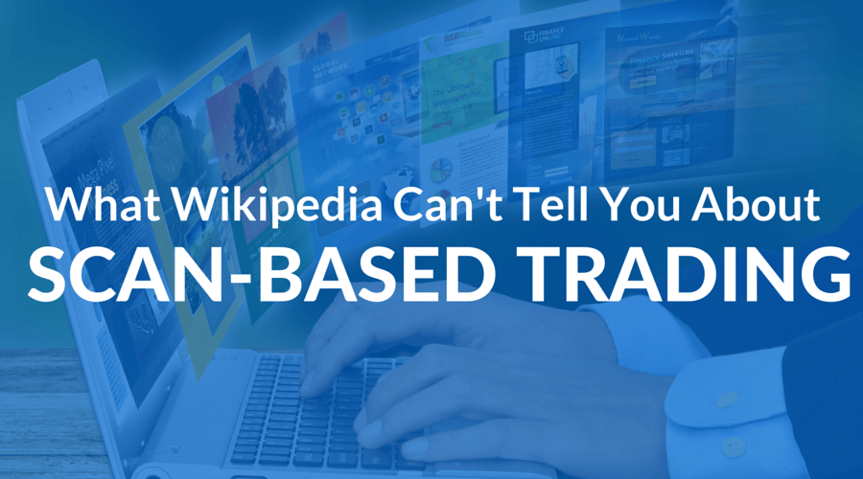
Scan-Based Trading is a widely used business model that fundamentally changes the selling and buying relationships between trading partners by aligning the supply and demand at the retailer's point of sale. Wikipedia may be a great resource for many things, but they are far from experts when it comes to scan-based trading.
Where Wikipedia may miss the mark, here is some information to help fill the gaps in order to clarify the SBT business model:
What is Scan-Based Trading?
Scan-based trading, or SBT, is a business model that can be thought of in terms of a type of consignment trading, in which suppliers maintain ownership of a retailer's physical inventory until it is scanned and sold at the retailer's point of sale. At that point, the inventory ownership automatically passes from the supplier to the retailer.
Retailers often view suppliers who are engaged in scan-based trading, as business partners. Suppliers who practice the SBT business model often become preferred vendors who develop close working relationships with store personnel and category managers.
Advantages of SBT
The advantages inherent in scan-based trading include increased sales for retailers, as well as reduced operating costs, and the ability to eventually pass those savings on to consumers. Suppliers using this business model have the potential to increase sales, optimize stock, improve visibility and control of inventory.
Considered the fastest growing business model trend within the retail supply chain, SBT eliminates backroom check-in which saves time and money for the retailer. Both retailers and manufacturers share shrink risk. The model also saves retailers considerable labor costs.
Disadvantages of SBT
There are few disadvantages inherent in using a scan-based trading model. For instance, one might consider the initial cost of the technological investment involved to be a disadvantage. However, any company that adopts SBT stands to quickly recoup these costs based on the efficiency of the model. Certain components of the system require additional refinements such as accurate perpetual inventory systems and time-investments for store-level inventories, as well as accounting for non-scanned items such as candy from vending machines.
How is SBT different from other delivery methods?
With traditional Direct Store Delivery (DSD), when the product is delivered and accepted, ownership of the merchandise changes from the supplier to that of the retailer. If there is a promotion on a particular product, the retailer will receive the discount, which prompts that retailer to purchase more, to stockpile the merchandise, or to investment buy in the store's backroom. The difference between SBT and other delivery methods is that the retail owner still receives deliveries of a supplier's products, but does not pay for them until the product is scanned and sold to consumers.
The Bottom Line
It is easy to take advantage of the onboarding process used to connect retailers who use scan-based trading. The more trading partners to connect with, the more value can been seen in using the model.
SBT can be viewed as a win-win situation with the potential to yield significant benefits for both retailers and suppliers. Once both parties have achieved data synchronization and share their product flow data, they are ready to implement the business model. When all the technical components are in place, the final move to SBT is largely a financial one. SBT can help shrink related costs as it simultaneously works to level the retailer and supplier’s playing fields against other dominant market forces.
It is necessary for trading partners to share the information and control system necessary to manage SBT operations and transactions such as physical counts on the SBT product in the store, the resultant shrink information, SBT invoicing and shrink-settlement invoicing. Unlike some other e-commerce initiatives, SBT is a real-word business process that is in use today.
SBT can realistically be considered an achievable strategy that can ultimately improve any business' bottom line. iControl's scan-based trading solutions provide distributors and retailers with state of the art technology to improve their overall productivity and positively impact the bottom line.
Click here to download iControl's whitepaper and learn how scan-based trading can provide a solution for challenges faced by retailers and the newspaper industry.
